
Chandrayaan-3: All eyes on India's moonshot
A successful second attempt will make India the fourth country to achieve the feat of soft-landing on Earth's satellite. Here's all you need to know about India's third lunar exploration mission which starts its 42-day journey to the Moon today
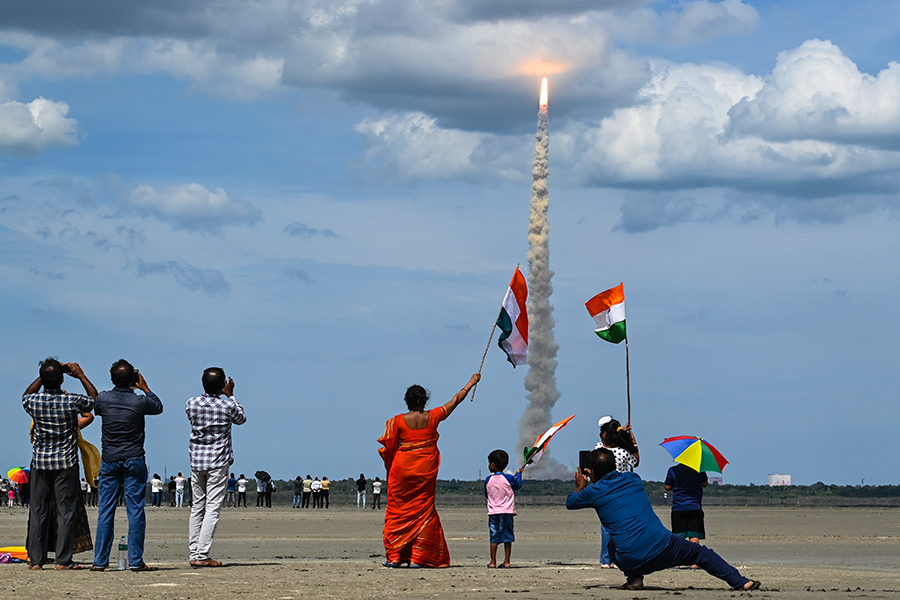 People wave Indian flags as an Indian Space Research Organisation (ISRO) rocket carrying the Chandrayaan-3 spacecraft lifts off from the Satish Dhawan Space Centre in Sriharikota, an island off the coast of southern Andhra Pradesh state on July 14, 2023. - India launched a rocket on July 14 carrying an unmanned spacecraft to land on the Moon, its second attempt to do so as its cut-price space programme seeks to reach new heights. Image: R.Satish Babu / AFP)
People wave Indian flags as an Indian Space Research Organisation (ISRO) rocket carrying the Chandrayaan-3 spacecraft lifts off from the Satish Dhawan Space Centre in Sriharikota, an island off the coast of southern Andhra Pradesh state on July 14, 2023. - India launched a rocket on July 14 carrying an unmanned spacecraft to land on the Moon, its second attempt to do so as its cut-price space programme seeks to reach new heights. Image: R.Satish Babu / AFP)
India is shooting for the moon with its third lunar exploration mission, Chandrayaan-3, which aims to achieve what Chandrayaan-2 partially failed to do four years ago. A successful soft landing on the Moon will make India the fourth country, after the US, Russia, and China, to do so. The 26-hour countdown for the launch of Chandrayaan-3 started on Thursday afternoon. Having successfully completed the Mission Readiness Review, Indian Space Research Organisation (ISRO) got the green light from the board to go ahead with the launch as planned. Here’s everything you need to know about Chandrayaan-3:
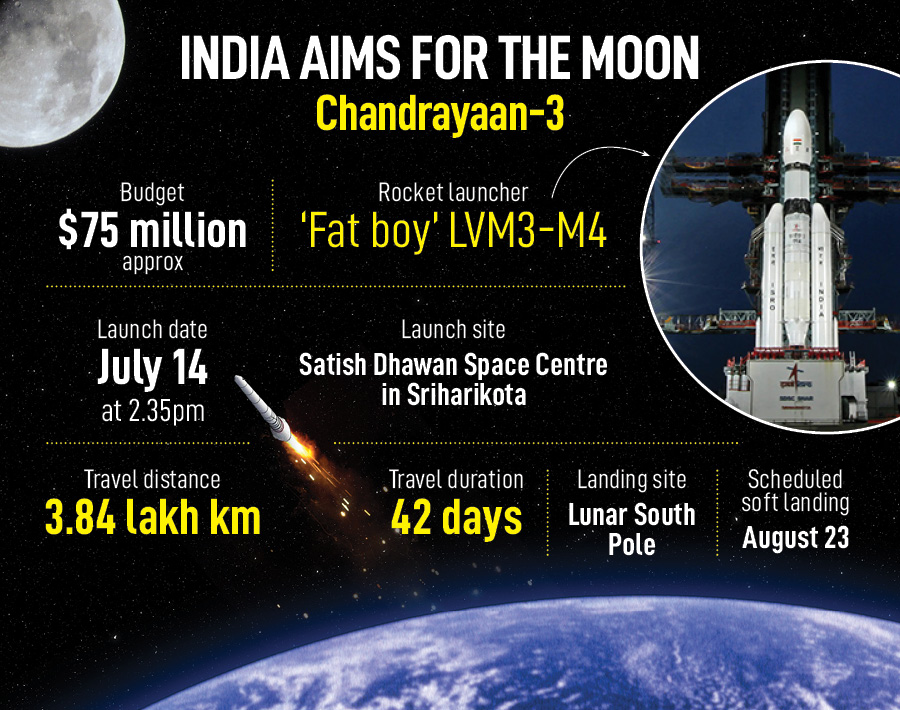
This is India’s second attempt at soft-landing on the Moon to collect more information about the lunar landscape and other conditions. India’s previous mission, Chandrayaan-2, in September 2019, failed in the last leg of its attempt as the lander and rover crashed on the Moon instead of softly landing on it. S Somnath, chairman, ISRO, explained that the design of Chandrayaan-3 was based on learnings from the previous mission. “Instead of a success-based design in Chandrayaan-2 we are doing a failure-based design in Chandrayaan-3… we are looking at what can go wrong and how to deal with it,” he said at a recent press conference.
Also read: Man can make Moon and Mars habitable planets: Mylswamy Annadurai
ISRO’s chairman elaborated that the reason for the previous unsuccessful attempt was largely because the five engines on the lander developed a higher-than-expected thrust, software related issues, and its inability to slow down the velocity in order to land as planned. Chandrayaan-3 has addressed these issues and has conducted several tests in simulated situations to eliminate possible snags. Here are the main features of Chandrayaan-3:
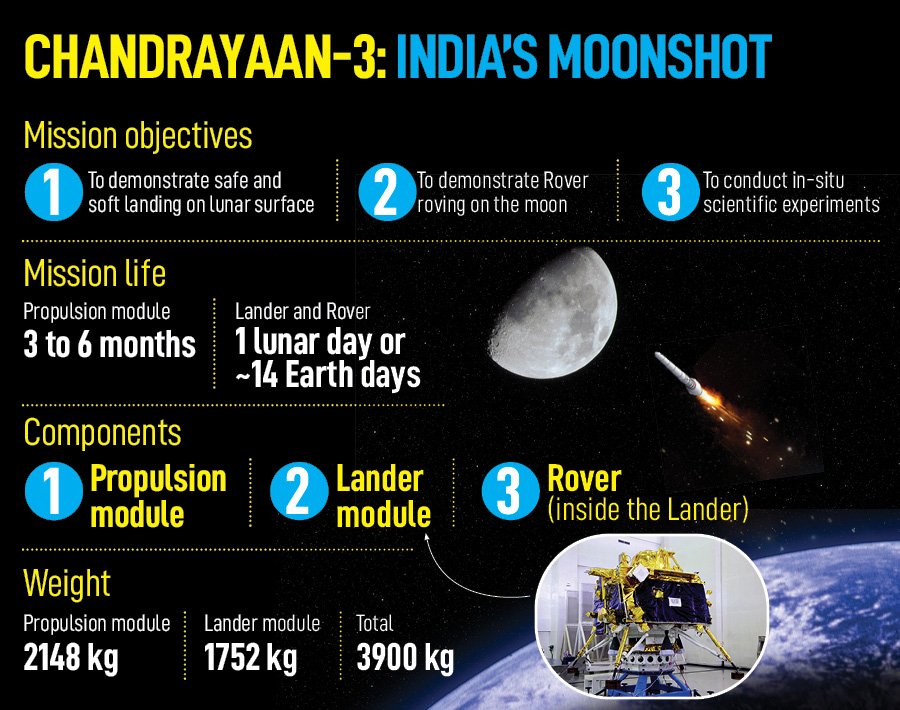
Also listen: Chandrayaan-3 gets off to a roaring start with flawless LVM3-M4 spaceflight; here's what's next
This could very well be a historic moment for India as the nation tries to make strides in space exploration. Mylswamy Annadurai, former director at the ISRO Satellite Centre, and a world-renowned space scientist, fondly known as the Moon Man of India, paved the way for India to join the ranks of space-faring nations when he led iconic space missions like Chandrayaan 1, Mangalyaan, and Chandrayaan 2. Annadurai's team at ISRO changed the course of space research with the revolutionary discovery of water on the Moon and the successful launch of a mission to Mars in the first attempt. The world is closely watching the developments as Chandrayaan-3 commences its long journey to the Moon. This is a big moment for India:
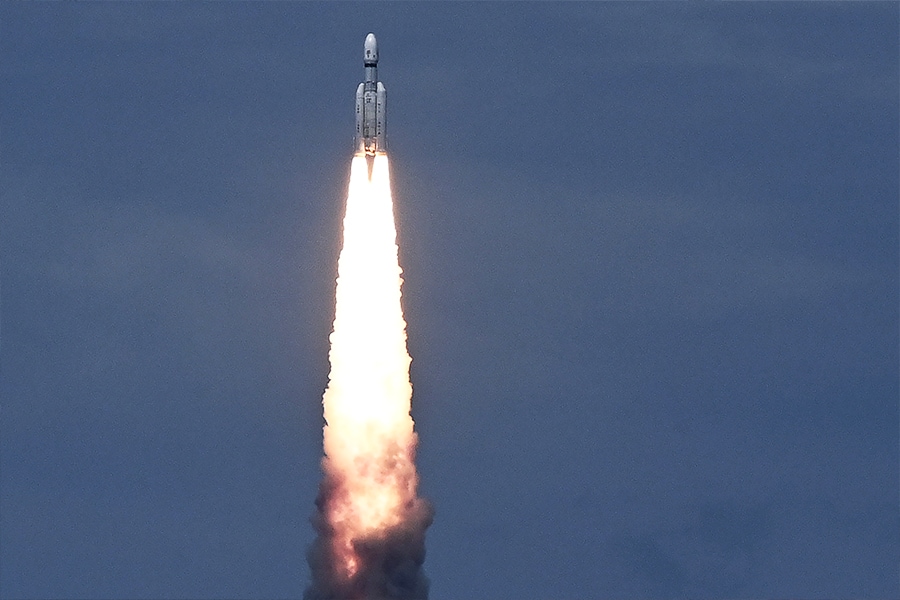
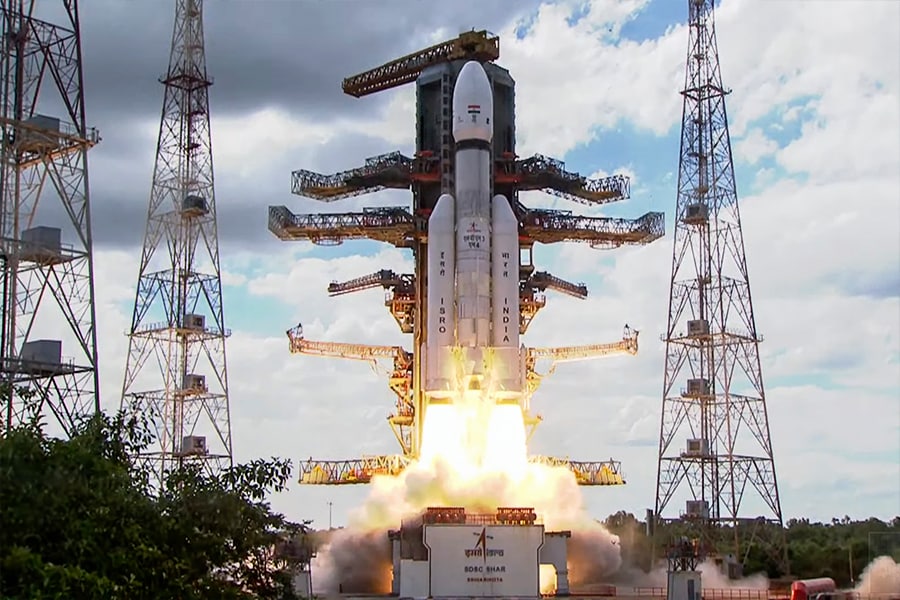
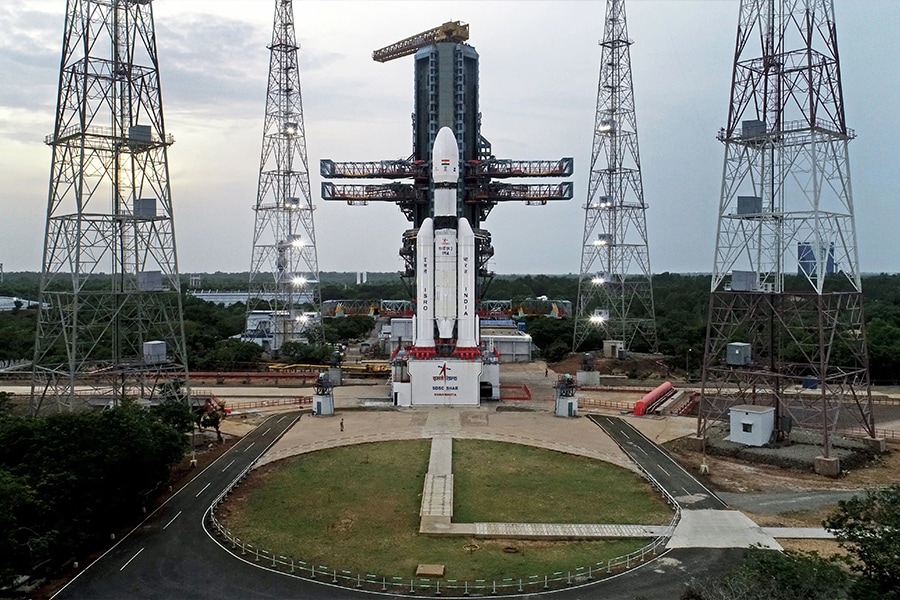
After the rocket lifts off from Sriharikota, in around 16 minutes, it will eject Chandrayaan-3 at an altitude of around 180 km which will orbit the Earth in an elliptical cycle 5-6 times as it moves towards the lunar orbit. With some acceleration, the propulsion module and the lander will start its long journey of over 30 days towards the Moon until it is 100 km above the lunar surface. The Lunar South Pole has been chosen for the landing on August 23 due to its larger area and the possibility of ice and minerals in surrounding areas.















